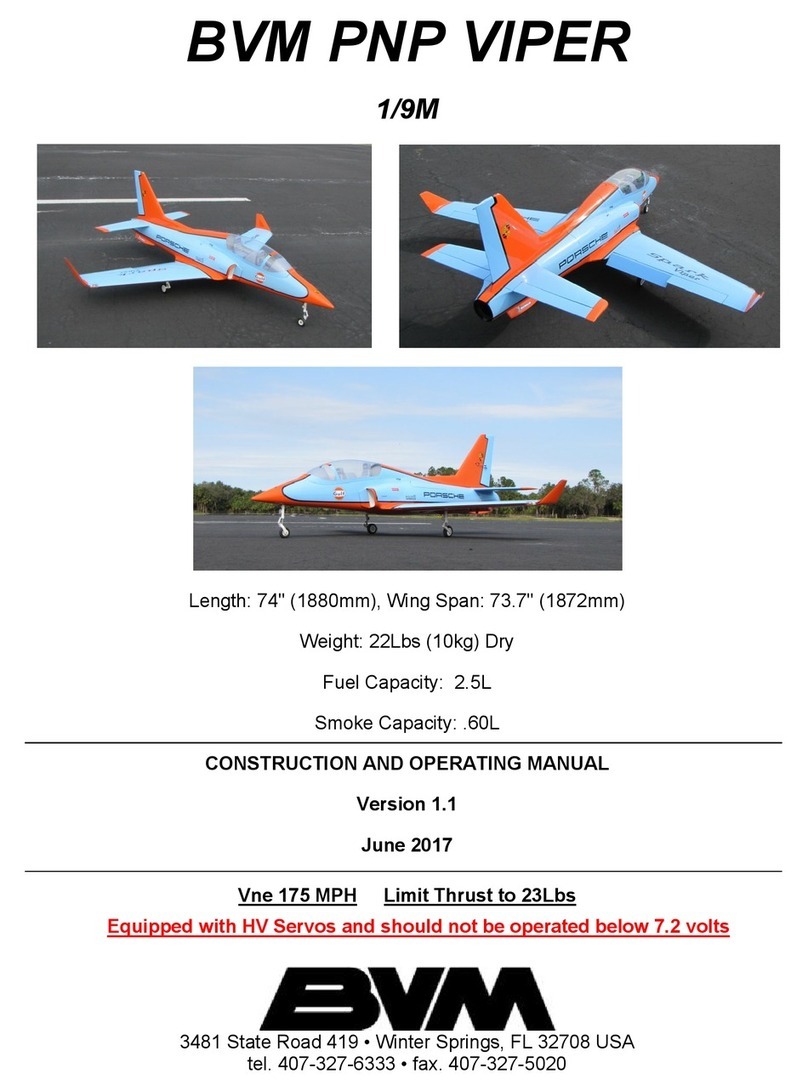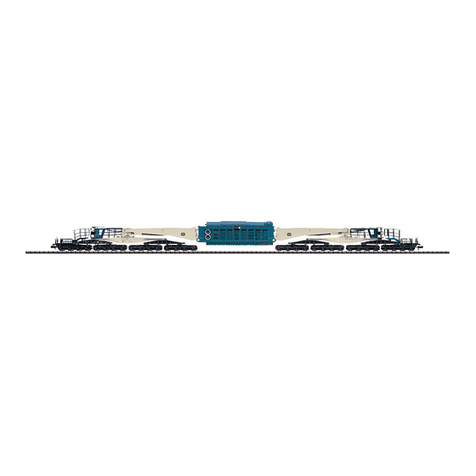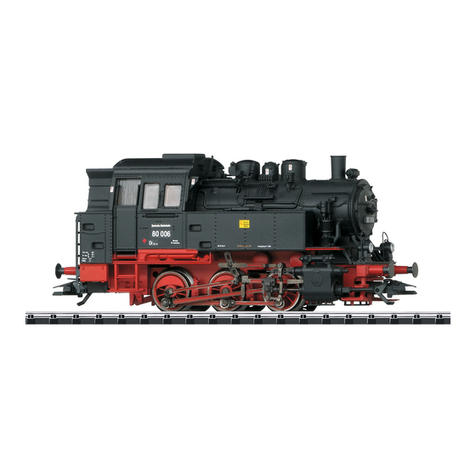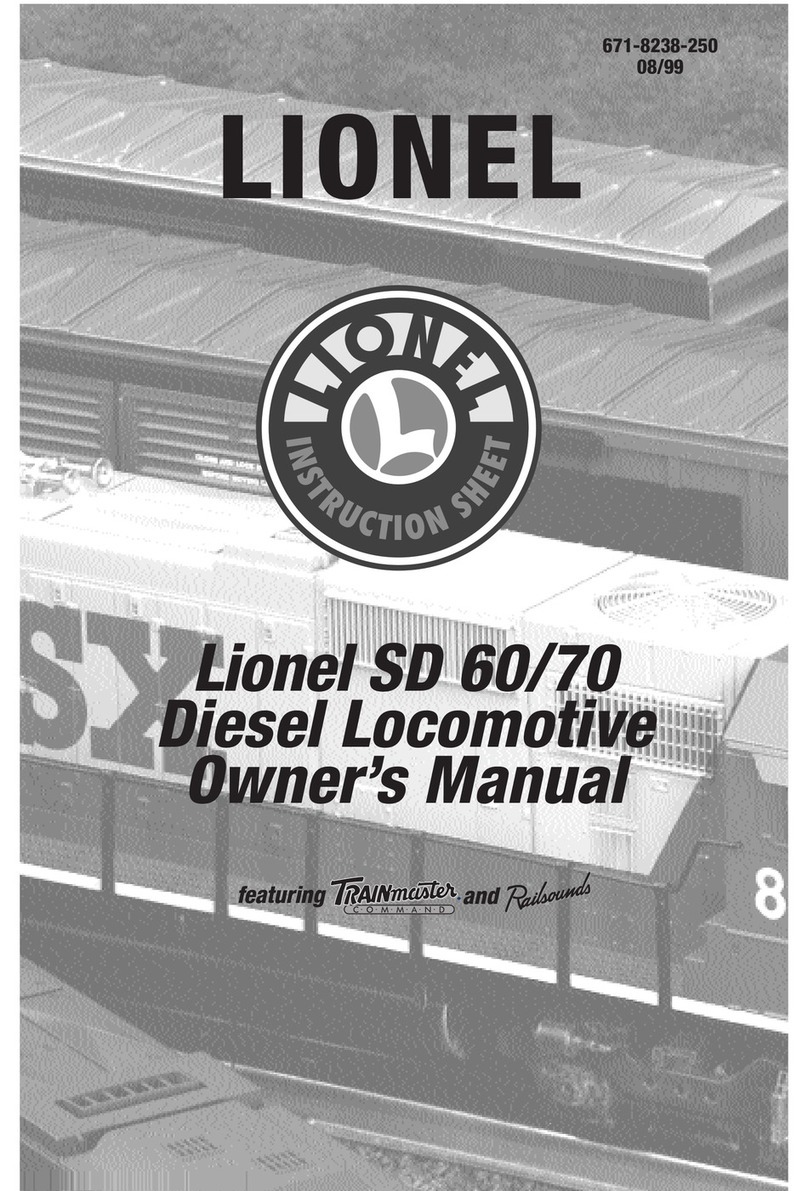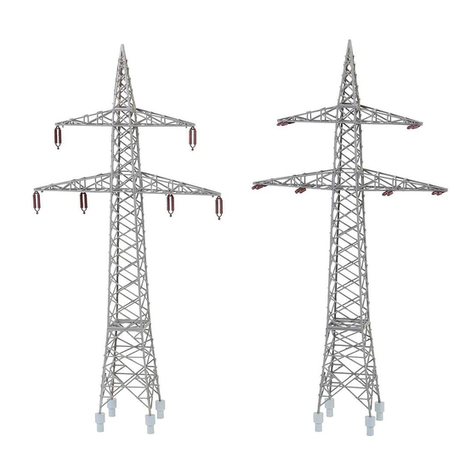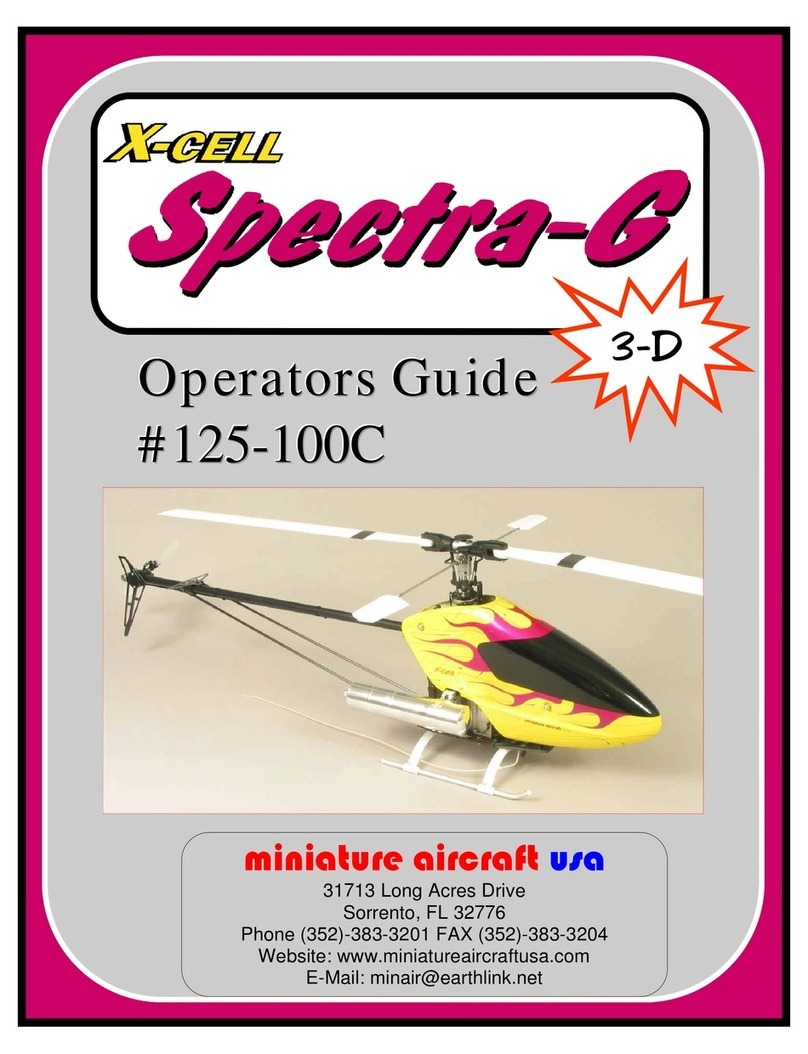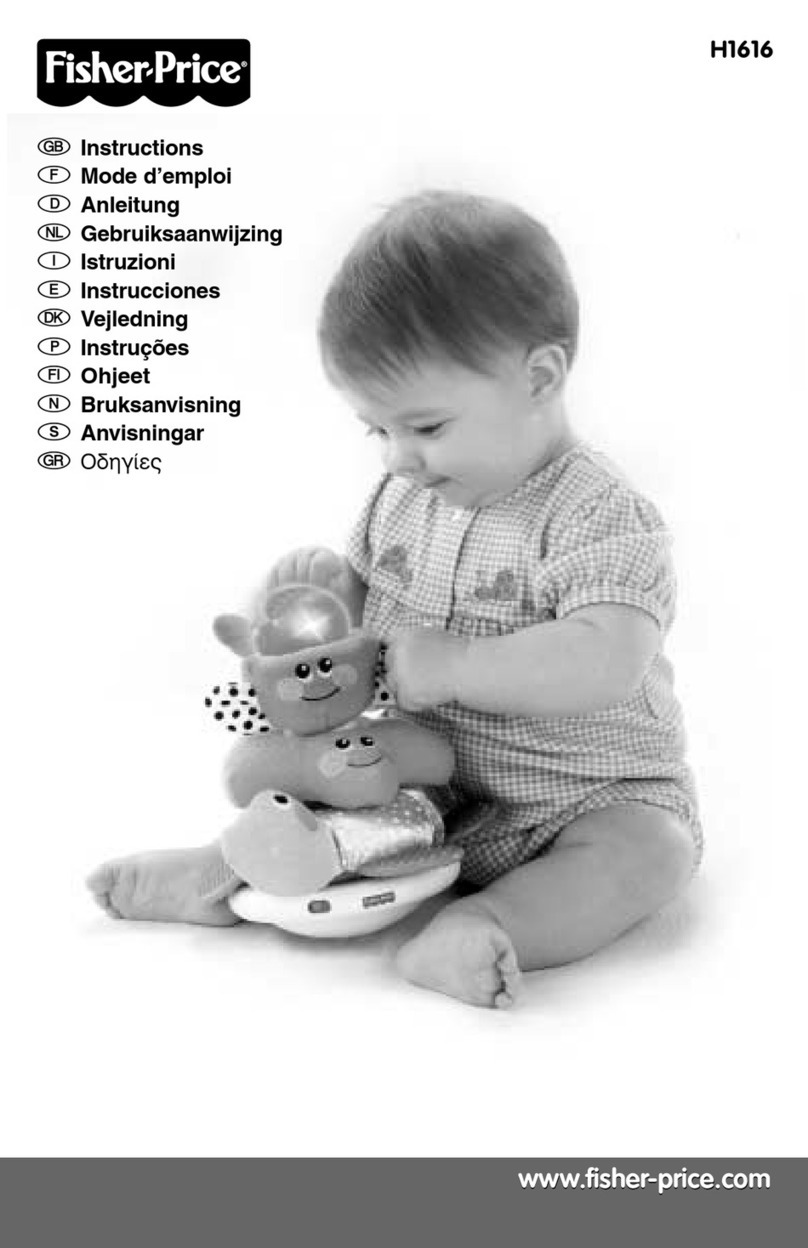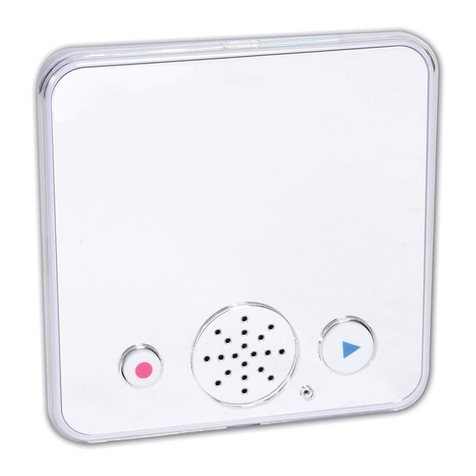PINO Medium User manual

www.modellmarkt24.chwww.modellmarkt24.ch
PINO Building Instruction October 2015
www.pcm.at 1
Wing span [mm]:
2500
Wing area [dm2]:
44
Aspect ratio: 14
Take-off weight [g]:
from 1400-2100g
Wing loading: 32-48g/dm“
Airfoil:
VS2/ VS3/ VS4/ VS5/ VS6
Modern F3b-F3f airfoils
BUILDING INSTRUCTION
Allround fun glider PINO

www.modellmarkt24.chwww.modellmarkt24.ch
PINO Building Instruction October 2015
www.pcm.at 2
CONTENTS
DATA
1. Kit – contents
2. What else do you need?
3. Electronic equipment
ASSEMBLING THE MODEL
4. Wing
4.1 Controlling flaps and ailerons
5. Fuselage
5.1 Servos
5.2 Contacts for flaps and ailerons
5.3 Accumulators
5.4 Connection of rudder
5.5 Canopy
5.6 Hook for winchstart
6. Ballast
7. Settings for the first flight
OTHER
8. Check list before starting
9. Notes for use
3
3
3
4
4
8
8
8
9
10
10
10
11
12
15
15

www.modellmarkt24.chwww.modellmarkt24.ch
PINO Building Instruction October 2015
www.pcm.at 3
DAT
A
1.
Kit
–
contents
Fuselage + canopy
Wing
Elevator
Lever for controlling rudder, 1 pc.
Lever for controlling ailerons, 2 pc.
Lever for controlling flaps, 2 pc.
Steel wire 1,2mm for rudder, 1 pc.
M2,5 screw rod for controlling ailerons, 4 pc.
9x lever connectors M2,5
M4 metal screws for fixing wing, 4 pc.
M4 nylon screws for fixing wing, 4 pc.
Spring-loaded contacts 2 pairs.
Building instruction (for download from our website)
Connetors / allast:
Segler / Glider Elektro
Normal Slope
Medium
x Kohlesta /
aron rod
x Stahl lang / steel long
x Stahl kurz / steel short
x Kohlesta /
aron rod
x Stahl lang / steel long
x Stahl kurz / steel short
Ultralight
2. What else do you need:
Epoxy-glue (for example UHU 300 endfest or Pattex Stabilith)
Super glue (runny)
Electrical equipment (On/Off-switch, cables, plug...)
Electronic equipment
Shrinking tube...
3.
Electronic equipment
Servo aileron and flaps: - KST DS 135 MG
Servo rudder and elevator:
- KST X08
Accumulators:
- Eneloop 2200mA/h
Receiver: - for 4 wing servos, rudder and elevator.

www.modellmarkt24.chwww.modellmarkt24.ch
PINO Building Instruction October 2015
www.pcm.at 4
4
.
WING
4
.1
Controlling
flaps and
ailerons
Fixing the servos
First of all, prepare the surfaces which will be glued. Grind
them with a rough paper (about 80-40 grain size).
Then, set the servo to the
zero position
and
screw it to the
frame. The screwing is important, because if you screw the
servo after gluing it into the wing, tension will occur and the
surface of the wing will get wavy.

www.modellmarkt24.chwww.modellmarkt24.ch
PINO Building Instruction October 2015
www.pcm.at 5
The
lever length
s:
Aileron: 8mm (first hole of
the smaller lever of the KST
servos.)
Flaps: 10mm (first hole of
the stronger lever of the KST
servos.)
The length is measured from
rotation center to hole center.
Flap servo:
Set the servo to its zero position and let the lever show a little
bit to the front. So you get more break deflection.
Aileron servo:
Let the lever in rectangular position.
Verify the
free movement
of all the
parts.
It will be necessary, that you
optimize the lever
connector as shown in the
pictures besides.
It has to be done in different
ways for the flaps and for the
ailerons.
Aileron servo
Flap servo
Prepare the parts for gluing
the control levers into the
wing. Grind all gluing
surfaces, the slot of the
control surfaces and the
levers themselves.

www.modellmarkt24.chwww.modellmarkt24.ch
PINO Building Instruction October 2015
www.pcm.at 6
The
bolt
of the
lever
connector has sharp edges
that are bigger than the bolt
diameter. You should
remove these edges, before
you put the connector into
the lever. It is easy to clean
that bolt with nose pliers.
Grab the bolt with the nose
pliers and move the
connector up and down
about 3 times as shown in
the picture. Repeat this that
often until the connector is
able to move in the lever
hole without a lot of
friction.
Before you glue the lever into the control surface,
fix the
connector to the lever.
You can use
runny super glue
to fix the levers. This kind of
bonding will be strong enough for the forces occurring.
Cable mounting:
Mill a hole into the preformed space for the contacts. Make the
hole big enough, so that the contacts will not touch the
carbon.
Now,
slide the cables
through the hole.
Then solder the cable to the
contacts.

www.modellmarkt24.chwww.modellmarkt24.ch
PINO Building Instruction October 2015
www.pcm.at 7
It is very important to
insulate all the contacts
that could touch the carbon.
We use “Plasti Dip” for such
purposes.
Make sure that the contact
fits easily into the free
space, which is provided for
the contact, without putting
any force on the soldered
areas.
Before you fix the contact
with a drop of runny super
glue, check if all the servos
work well.
Now you can stick the
seals over the gaps
.

www.modellmarkt24.chwww.modellmarkt24.ch
PINO Building Instruction October 2015
www.pcm.at 8
5. FUSELAGE
5.
1
Servos
All necessary
holes
are
already pre-milled.
The holes for the servos are
especially dimensioned for
the KST X08 V3 . You just
have to screw in the servos
and connect them to the
pushrods.
Set the servos and the
controls (elevator and the
rudder) to the zero position
and connect them.
Th
e
lever lengths
are:
Elevator: 10mm (big KST
servo lever 2nd hole)
Rudder: 8mm (cross shaped
KST servo lever 2nd hole)
5.
2
Contacts for flaps and ailerons
Next, let’s finish the
aileron
and flap contacts for the
fuselage.
The cable length should be
about 32cm.
Pay attention that you solder
the contacts in the same way
as they are soldered in the
wings.

www.modellmarkt24.chwww.modellmarkt24.ch
PINO Building Instruction October 2015
www.pcm.at 9
Then put a little bit
5 minute epoxy with cotton flocks
around
the contacts.
So you insulate and strengthen the soldered parts.
The rest of the contacts have
to be insulated extra
Before you fix the contacts to
the fuselage with a runny
super glue, make a test, if
everything is contacted
well.
5.
3
Accumulators
Pack the Eneloop cells
the
way it is shown in the picture.

www.modellmarkt24.chwww.modellmarkt24.ch
PINO Building Instruction October 2015
www.pcm.at 10
That way there should be
space enough also for
bigger receivers.
5.
4
Connection of rudder
Fix the
lever in the control surface
and connect it to the
steel
pushrod.
Make a mark for the zero position of the elevator on the
rudder.
5.
5
Canopy
We use a very simple solution to mount the canopy.
Just glue the carbon stick into the canopy. Note that the gluing
spot is only in the middle of stick and canopy, so you can
thread the stick into the fuselage while the canopy remains on
the outer side.
5.
6
Hook for
winchstart
There is a
plywood part in the skin of the fuselage
, so that
you can drill holes into the fuselage to position your hook.
We recommend to start with a position of about 2cm in front of
the CG.

www.modellmarkt24.chwww.modellmarkt24.ch
PINO Building Instruction October 2015
www.pcm.at 11
6. BALLAST
In the kit included are:
- 1x carbon rod
- 1x steel rod
- 2x short steel rods
You can use these rods as follows:
- 1x carbon rod for weak conditions in the front hole.
Adjust the CG of the plane with this rod inside.
-
1x carbon + 1x steel
rod
for
stronger conditions
-
1x carbon, 1x steel rod + 2x short steel
for
even stronger
conditions.
-
For extra strong conditions
you could put into a
40cm long
steel rod and two 20cm steel rods behind. That ballast
weights 700g.
When you fly with this setting, you have to take care that you
don`t overload the wing structure. So use the elevator
softly, when you fly with that much ballast. Remember also
that the landings have to be much softer with such an
additional weight.

www.modellmarkt24.chwww.modellmarkt24.ch
PINO Building Instruction October 2015
www.pcm.at 12
7
.
SETTINGS FOR FIRST FLIGHT

www.modellmarkt24.chwww.modellmarkt24.ch
PINO Building Instruction October 2015
www.pcm.at 13

www.modellmarkt24.chwww.modellmarkt24.ch
PINO Building Instruction October 2015
www.pcm.at 14

www.modellmarkt24.chwww.modellmarkt24.ch
PINO Building Instruction October 2015
www.pcm.at 15
OTHER
12.
Check list before starting
:
1.
Check
centre of gravity
2. Check control surfaces:
Do control surfaces move in the correct direction?
Check the greatest swings
3. Check reception
4. Check control surfaces before each flight.
Do all control surfaces still move correctly?
Is there enough power in the accumulator?
Are the brakes retracted?
You can save the retraction of the brakes in your start
setting. By this, you can never start with extended
brakes.
5. Gentle launch in the flat. If there are some wrong settings,
you will realize it during a gentle throw in the flat.
13.
Notes for the use
To avoid heating of the carbon surface, models with carbon
wings should not lie in the sun.
During flight heating by the sun is no problem, as the model is
cooled by the wind. On ground the glider should be kept
inside protective bags or in the shade.
After every ungentle landing, you must check your model for
possible damage, such as:
- Is the radio board still glued thoroughly?
- Did the leading edge of the wing burst open?
- Did rudder or elevator get damaged?
Table of contents
Popular Toy manuals by other brands
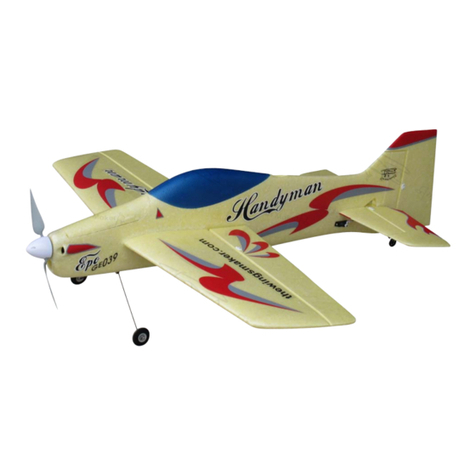
The Wings Maker
The Wings Maker Handyman EP instruction manual

Mega Construx
Mega Construx Futurama Kubros Fry manual

Horizon Hobby
Horizon Hobby Hangar 9 Ki-43 Oscar 60cc instruction manual
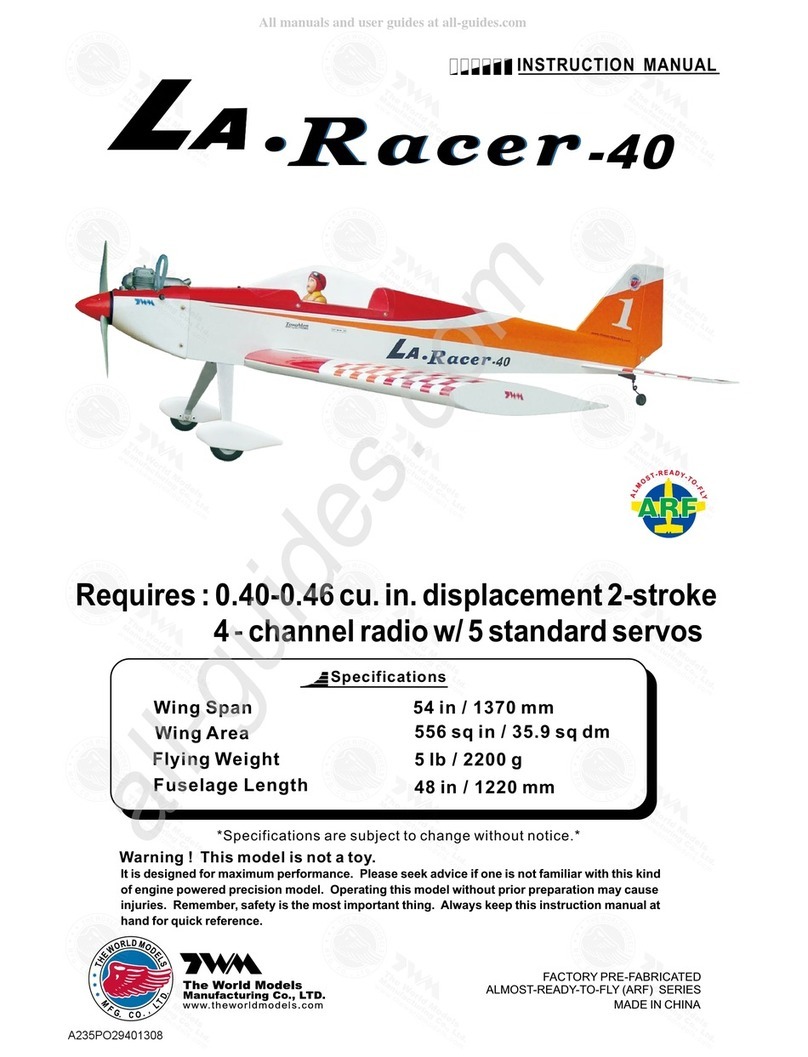
The World Models Manufacturing
The World Models Manufacturing LA RACER-40 instruction manual
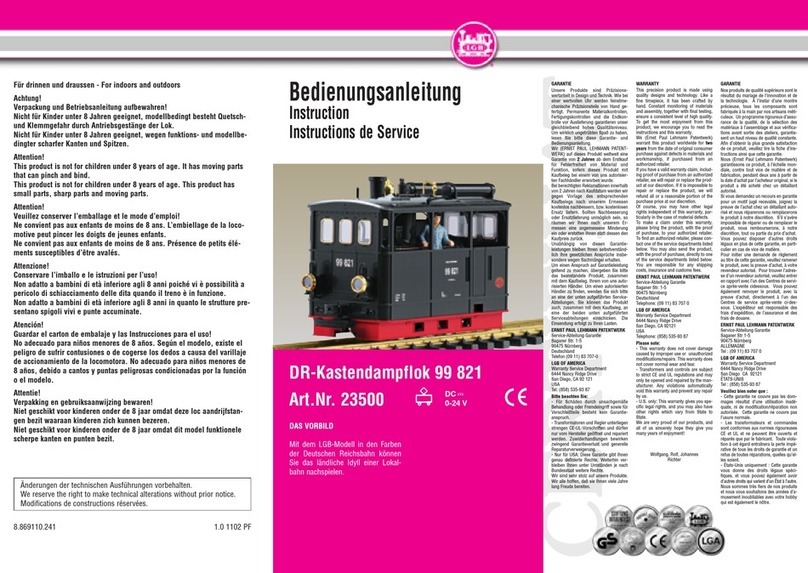
LGB
LGB 23500 instruction manual
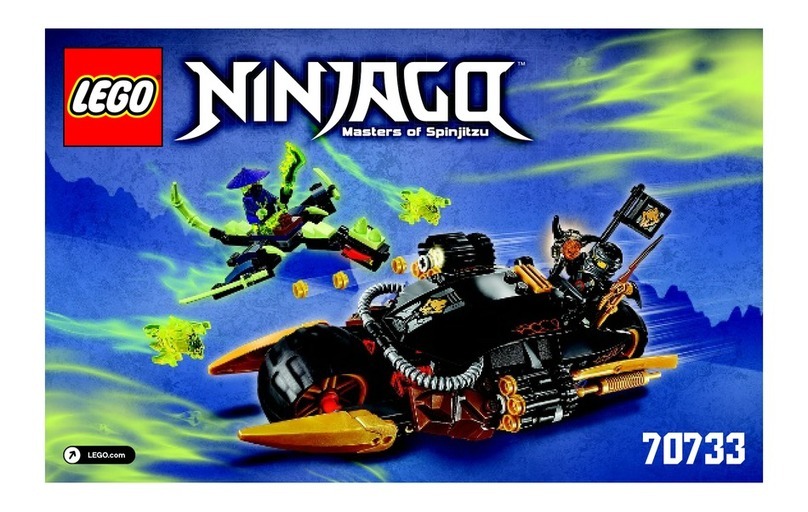
LEGO
LEGO Ninjago 70733 instructions

